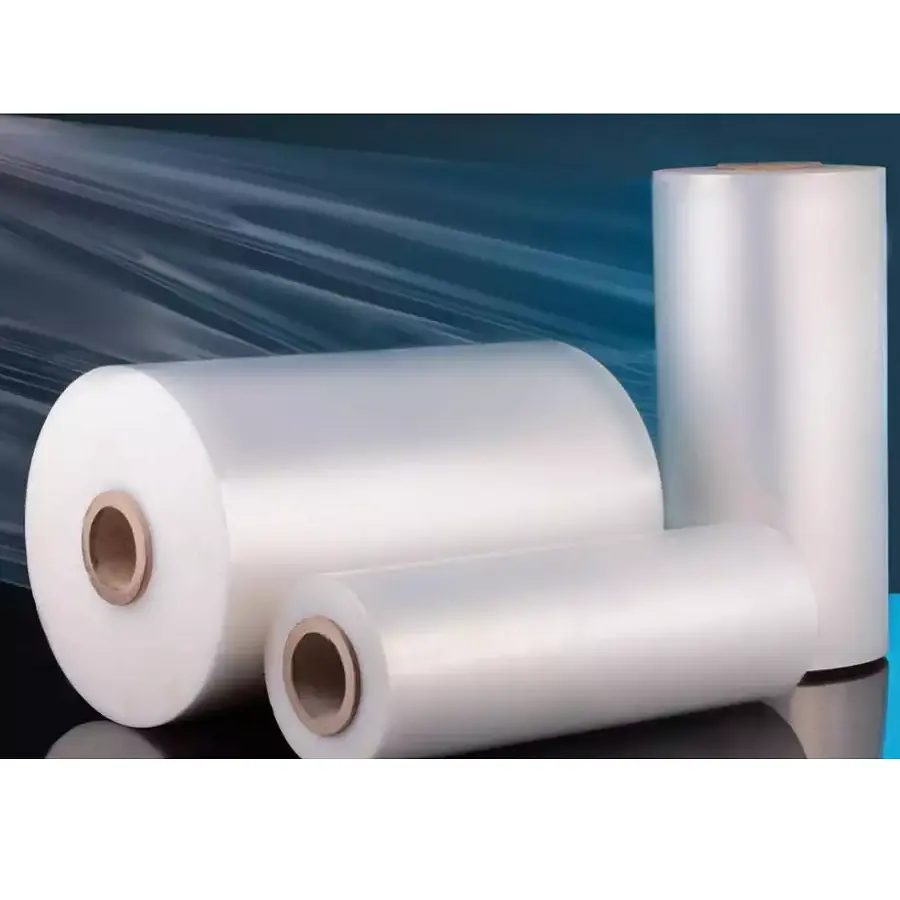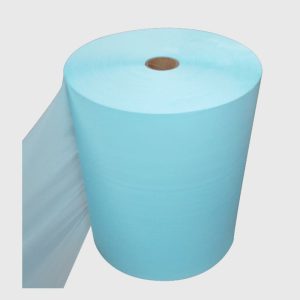Mastering the Quality Equation: A Comprehensive Guide to Determining the Quality of Plastic Blown Film
As an integral material used across multiple sectors, the quality of plastic blown film is a factor of critical importance. The vast scope of its applications demands stringent quality control to ensure optimal performance and reliability. In this in-depth exploration, we delve into the multifaceted process of determining the quality of plastic blown film, touching on everything from raw materials to the manufacturing process, and the rigorous tests that the final product undergoes.
The Quintessence of Quality in Blown Film
Maintaining quality in plastic blown film production is not a singular action but rather a sophisticated interplay of numerous variables. The parameters of quality revolve around the selection of raw materials, the manufacturing process, and the attributes of the final product. A series of tests are employed to examine these facets, ensuring the produced film aligns with its intended application and meets the necessary standards.
The Starting Point: Raw Materials
The journey towards high-quality blown film begins at the most fundamental level – the raw materials. A key component is the resin, whose properties have a profound influence on the end product. Polyethylene (PE), Polypropylene (PP), and Polyethylene Terephthalate (PET) are common resins used, each offering distinct properties like clarity, strength, flexibility, and barrier properties.
A high-quality resin often equates to a film with superior performance attributes. However, the resin is not the only player in the game. Additives like UV inhibitors, antistatic agents, or slip additives also have their part to play. The careful selection and precise mixing of these additives can significantly enhance the film’s functionality and performance, tailoring it to its intended application.
The Manufacturing Maze: Operational Variables and Control
Beyond the raw materials, the quality of plastic blown film is intrinsically tied to the production process. Operational variables during blown film extrusion, including the extruder temperature, blow-up ratio, take-up speed, and cooling efficiency, can dramatically impact the film’s properties. For instance, a high blow-up ratio can enhance film strength and thickness uniformity but might compromise on its clarity and gloss.
Maintaining precise control over the extrusion process is, therefore, crucial to ensure the consistency and quality of the film. Regular monitoring of these variables and timely adjustments help to maintain the desired quality. Any neglect in controlling these variables can lead to discrepancies in the film quality, resulting in a product that falls short of the desired standards.
Unveiling the Quality: The Role of Testing
Following production, the blown film must pass a battery of tests designed to evaluate its physical properties and verify its quality. These tests form a robust framework that helps ascertain whether the film aligns with the standards it is meant to adhere to.
1. Thickness and Width Uniformity
A cardinal parameter defining the quality of blown film is the uniformity of its thickness and width. Films with inconsistent thickness might exhibit uneven performance, affecting the packaged product’s protection level or the film’s handling during the converting process. Specialized micrometers are used to measure these dimensions across the entire film. The measurement data is then analyzed to ensure the film’s dimensions remain within the permissible range, ensuring performance uniformity in its end-use.
2. Tensile Strength
The tensile strength of the film is a critical indicator of its mechanical performance. It denotes the maximum stress the film can withstand while being stretched or pulled before failing or breaking. This property is particularly vital for films used in high-strength applications such as industrial packaging or heavy-duty sacks. Tensile testing machines are employed to evaluate the tensile strength and elongation at break of the film, providing insights into its inherent strength and flexibility.
3. Dart Impact Resistance
The dart impact test assesses the film’s toughness – essentially, its ability to resist puncture or rupture upon impact. This property is crucial for films that must withstand rigorous handling during transport and storage, such as packaging films. A dart drop impact tester is used for this purpose, where a dart is dropped onto the film from a specific height, and the energy at failure is recorded.
4. Tear Resistance
Tear resistance is a measure of the film’s ability to prevent the propagation of a tear once it has started. This attribute is essential in applications like packaging, where a small tear can result in the complete failure of the package. Tear resistance is typically assessed using a tear tester that measures the force needed to continue the tearing of an initial cut in the film.
5. Optical Properties
The optical properties, including clarity, gloss, and haze, play a pivotal role in the film’s aesthetic and functional quality, especially for consumer packaging applications. Light transmission and reflection are measured using specific devices to quantify these properties, ensuring the film meets the visual requirements of its intended application.
6. Seal Strength
For packaging films, the film’s ability to form a strong, airtight seal is paramount. Seal strength tests are carried out to measure the force required to break the seal or separate the sealing surfaces. This test ensures that the film’s sealing properties are up to the mark, thus providing a secure package that maintains the integrity of the contained product.
Conclusion: An Integrated Approach to Quality
In essence, determining the quality of plastic blown film is an integrated process that extends from the choice of raw materials to the intricacies of the manufacturing process, and finally, the rigorous testing of the end product. This holistic approach ensures that the film not only meets the required standards but is also fit for its intended purpose.
As the scope of plastic blown film applications continues to expand, maintaining stringent quality control becomes even more vital. The process of creating high-quality plastic blown film is not merely about producing a product; it is about crafting a reliable, high-performance solution that serves its purpose efficiently and effectively, thus contributing to the vast and dynamic landscape of plastic blown film applications.
Please visit our website for more product details https://www.medposnonwoven.com/product/blown-film/


